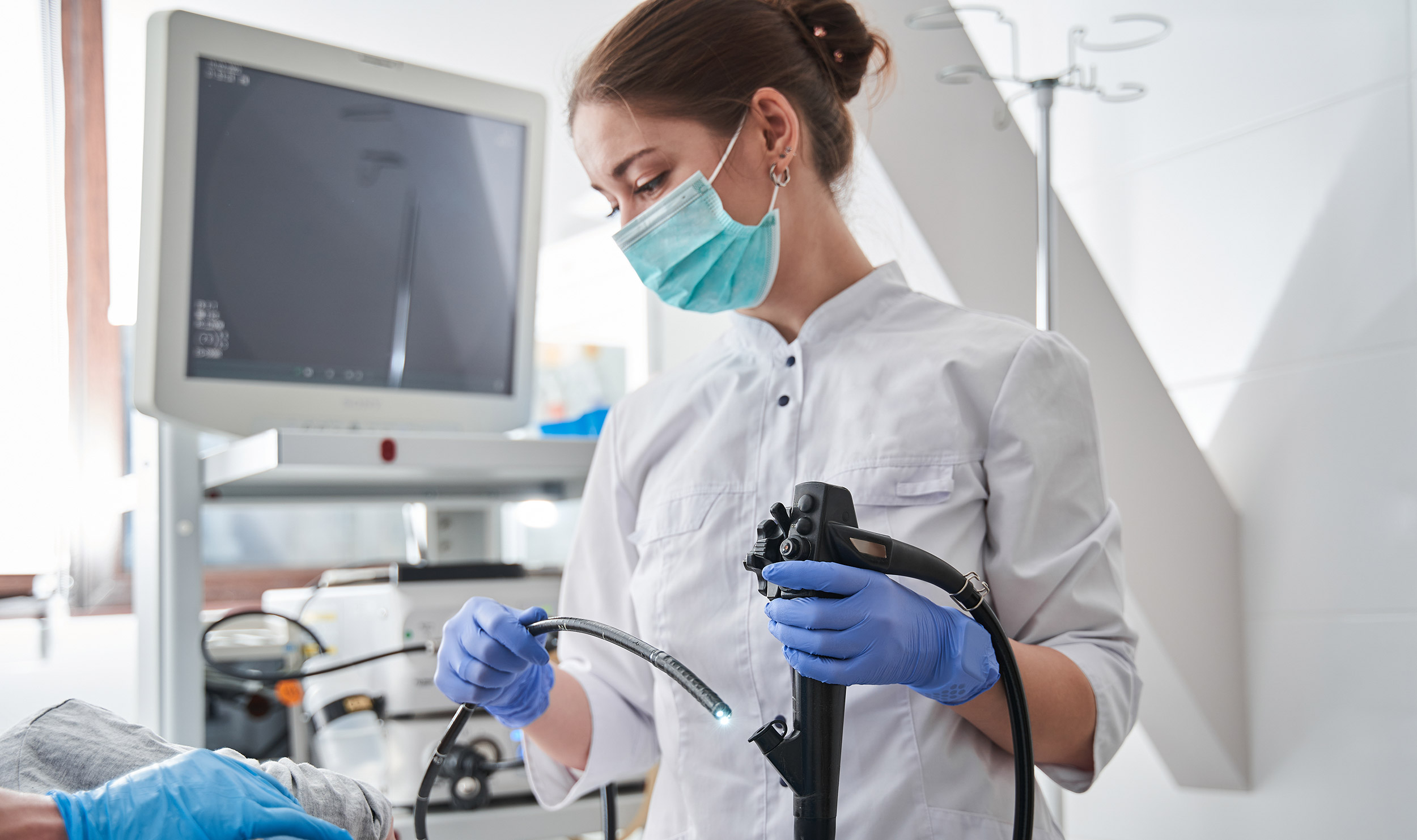
In the largest survey-based study of musculoskeletal injuries for gastroenterologists, three-quarters of participants reported experiencing an endoscope-related injury in their career.
And women were more likely to report upper extremity injuries, according to the survey results from 1,698 gastroenterologists recently published in the American Journal of Gastroenterology.
The number of female gastroenterologists is growing, so it’s vital to address their physical challenges, according to a new review article in Techniques and Innovations in Gastrointestinal Endoscopy written by Dr. Anna Lipowska and Dr. Amandeep K. Shergill.
After all, the authors note, prioritizing the health and well-being of endoscopists ultimately improves patient outcomes.
“The goal of an ergonomic approach is to maximize productivity and minimize risk of injury, putting endoscopist safety at the forefront of endoscopy,” gastroenterologists Lipowska and Shergill write. Shergill disclosed financial relationships with Pentax and Boston Scientific.
Ergonomics refers to the science of matching workplace conditions with optimal worker performance. This means reducing stress to eliminate injuries associated with overuse and non-neutral postures and positions of joints, head, neck, shoulders, and extremities.
GI endoscopy procedures often require repetitive motions over a lengthy period of time, so they can put undue strain on endoscopists.
One of the main reasons for GI endoscopy’s ergonomic challenges is the device itself. Endoscopes come in a standard size rather than fitted for each endoscopist’s size and strength. In addition, this size and shape has not been radically altered since the 1980s.
Thumb and finger force and torque is required to manipulate dials during procedures. The experience is different for every endoscopist, however, since buttons and dials are in set positions on a one-size control body.
Typically, women endoscopists have smaller hands and a weaker grip force than men, according to the article. This means female gastroenterologists generally have to work harder to achieve the same level of force on the scope during procedures.
The article’s authors propose three main upgrades to address the specific needs of female providers:
GI endoscopists should also adjust schedules to allow for adequate mircrobreaks and stretching between procedures, in lieu of immediate changes to endoscope design, according to the authors.


